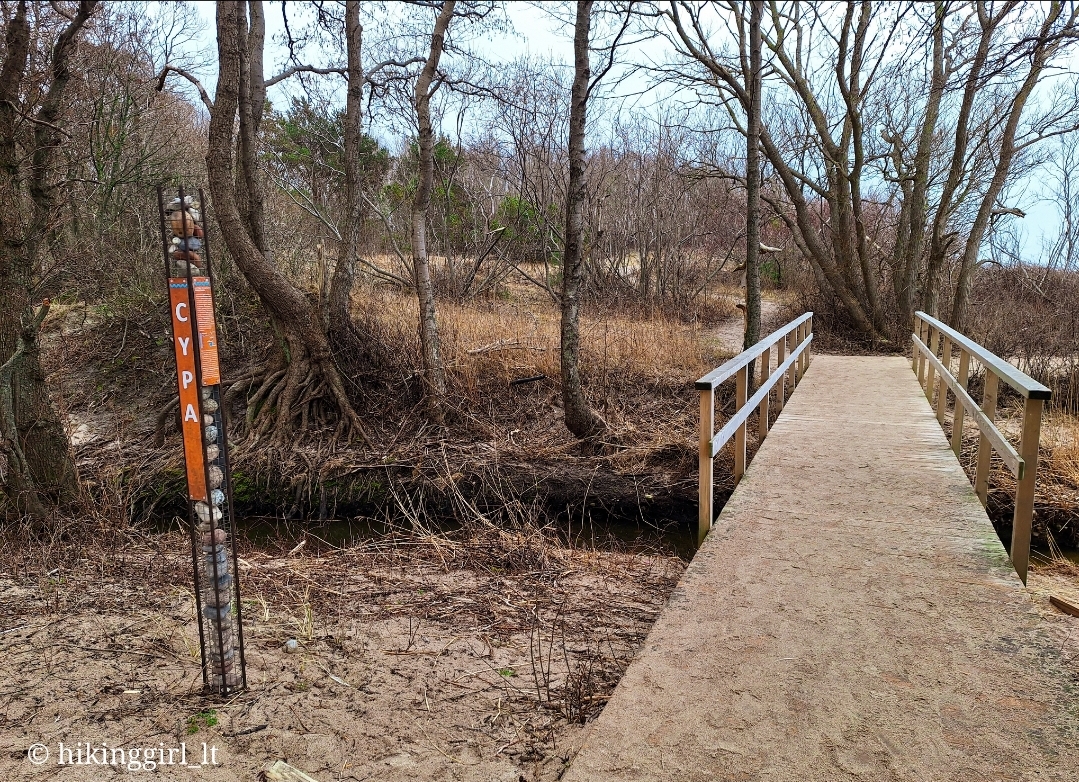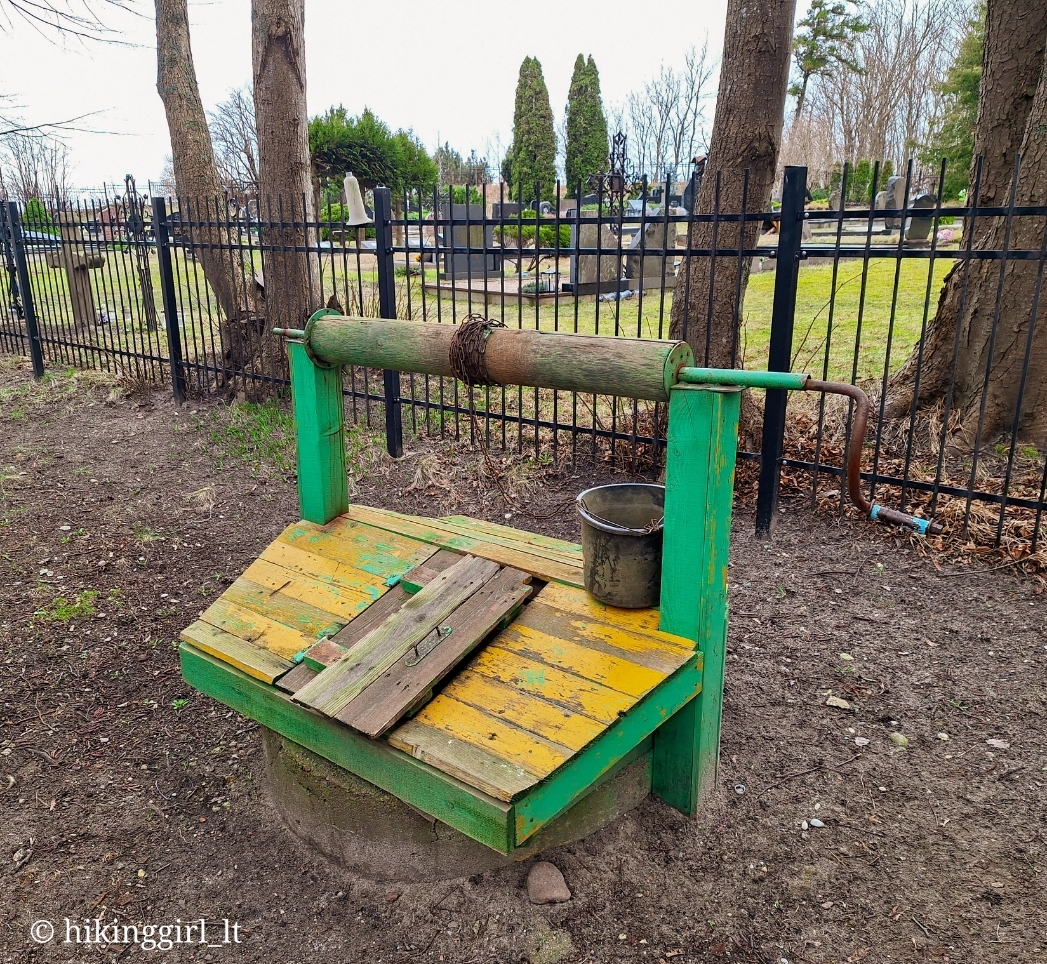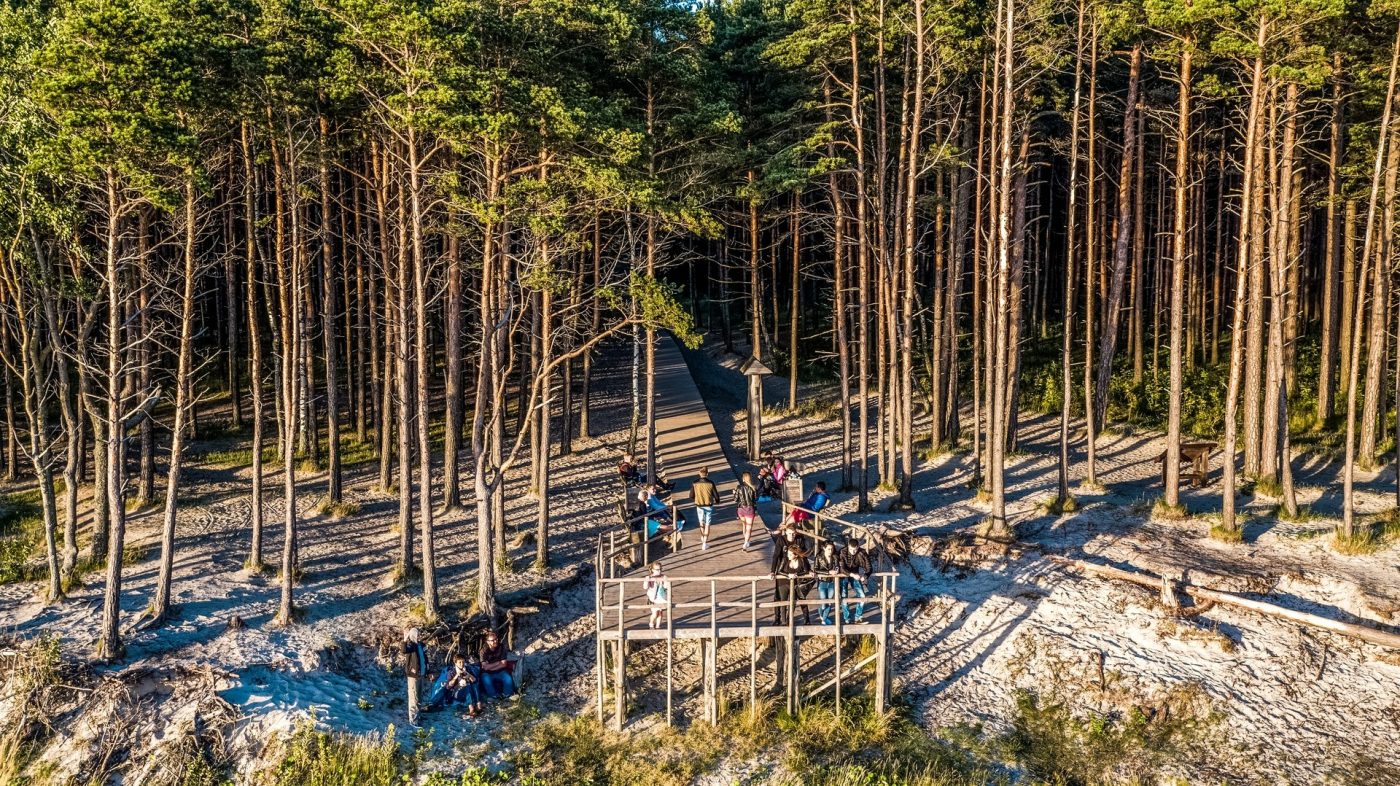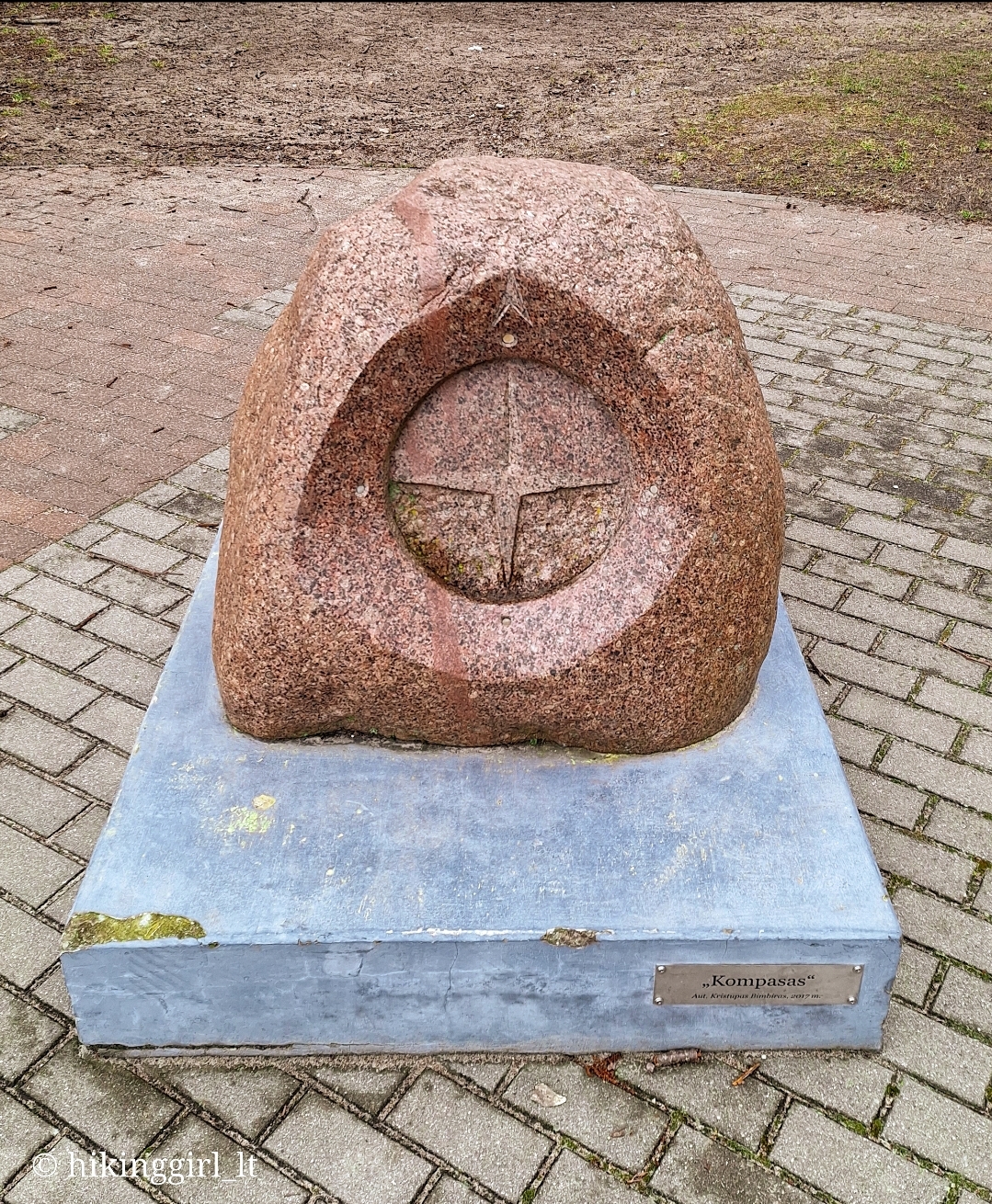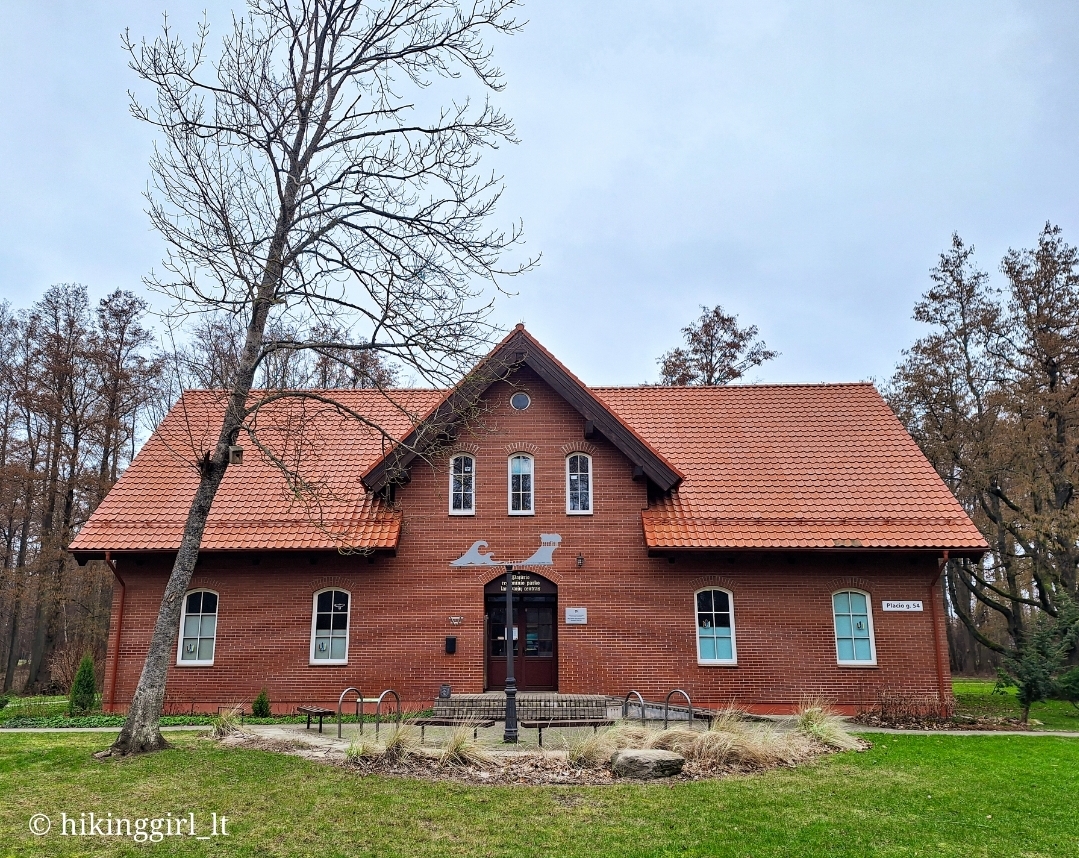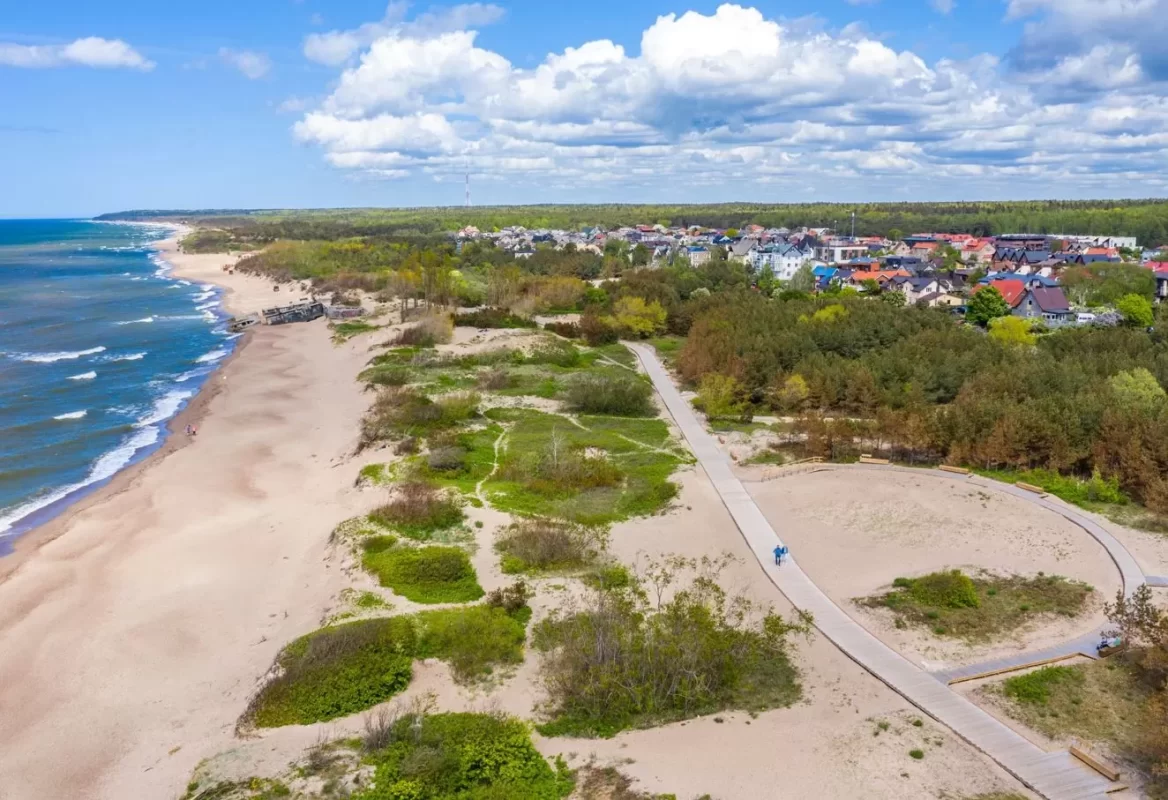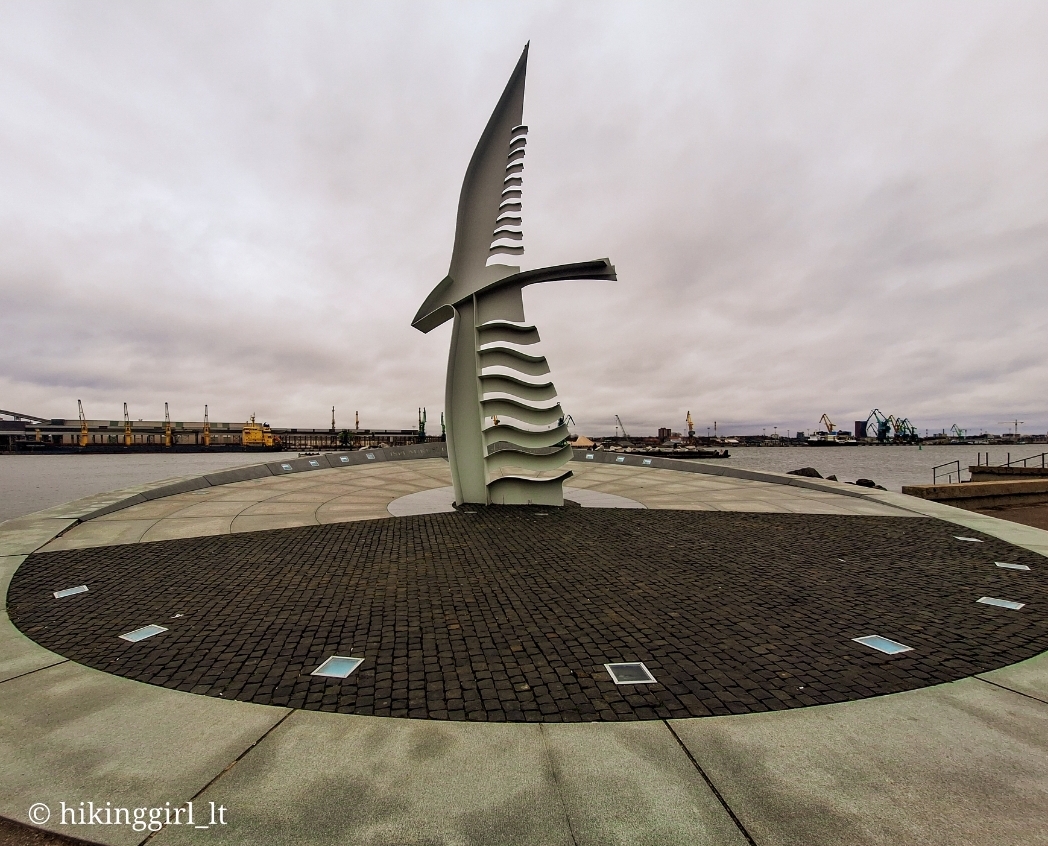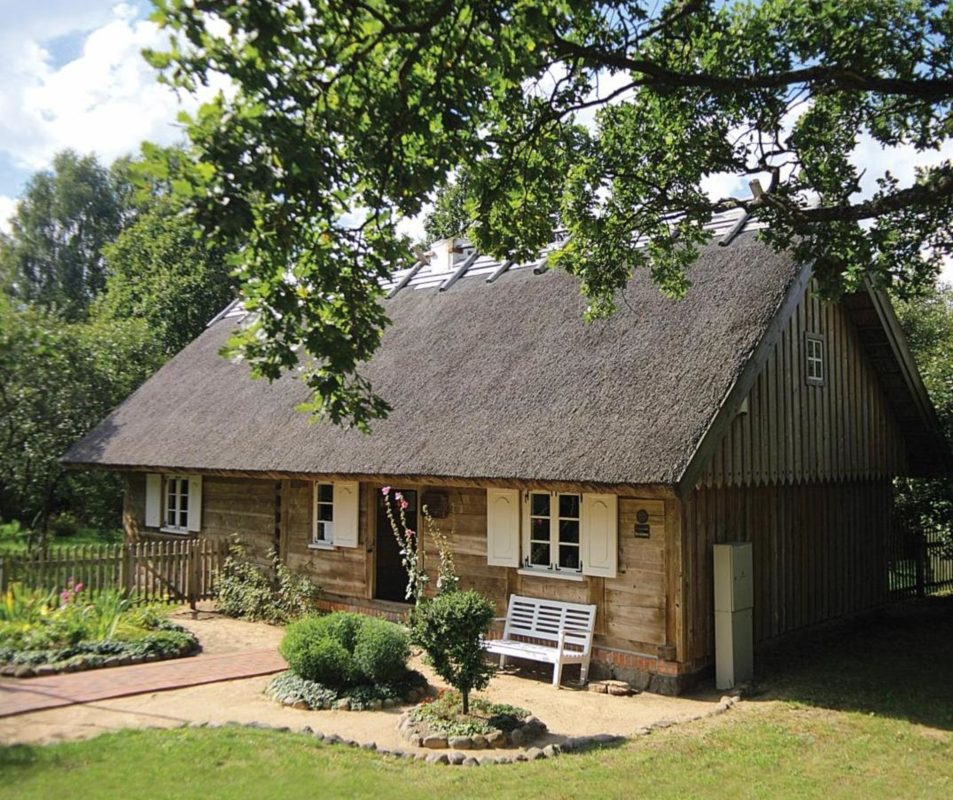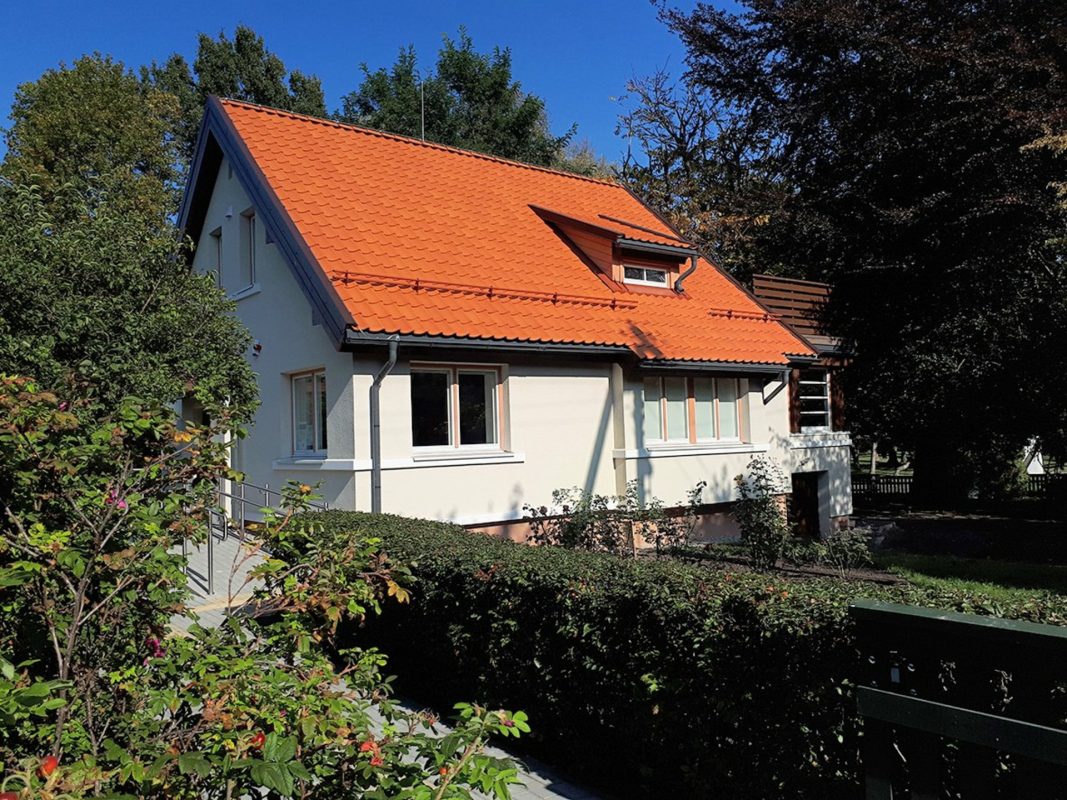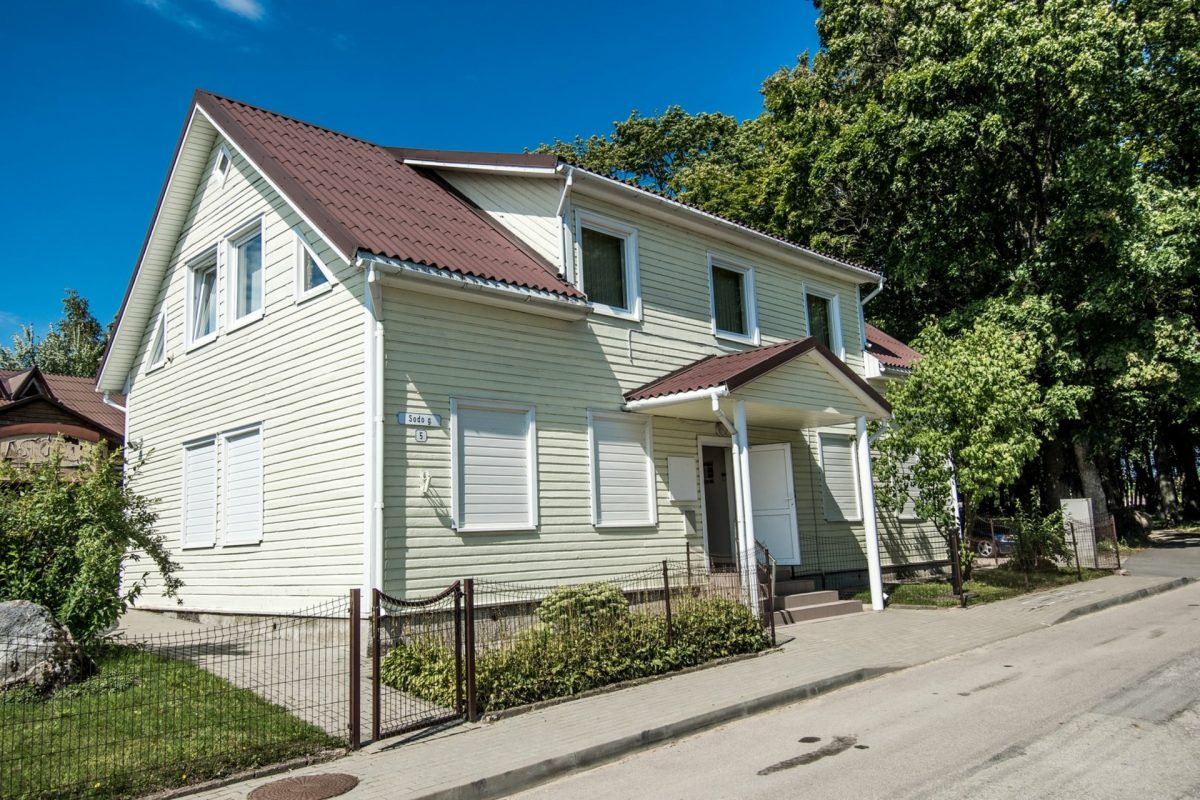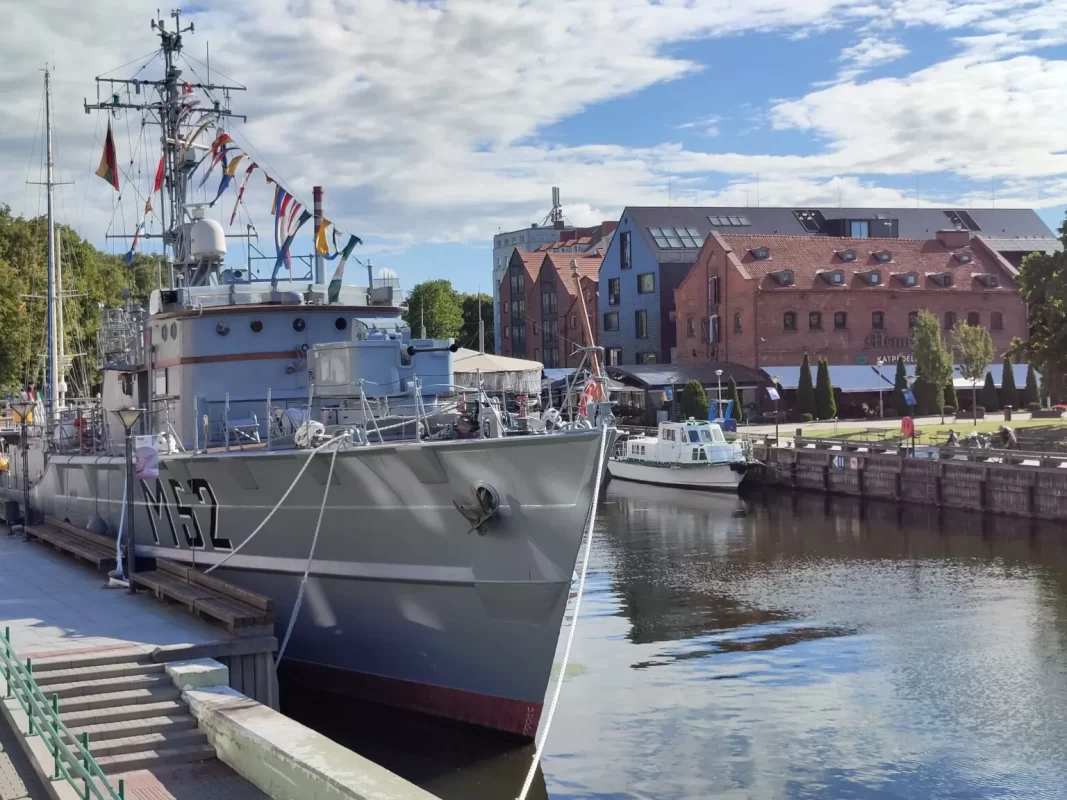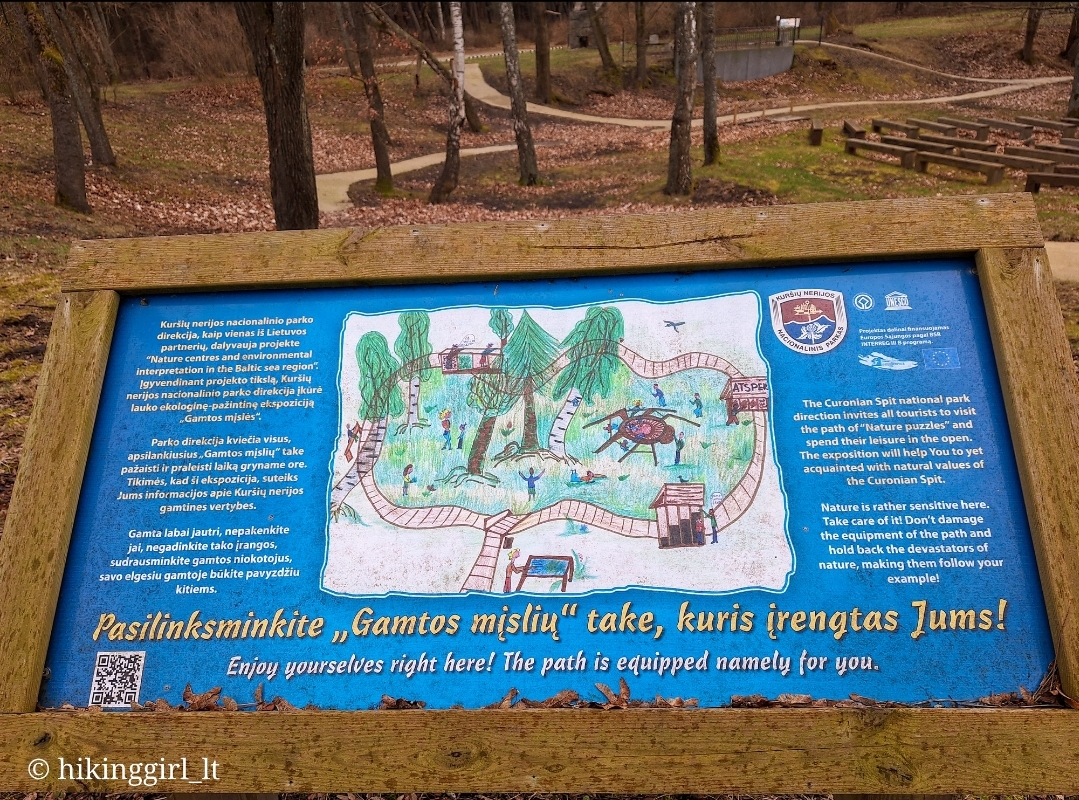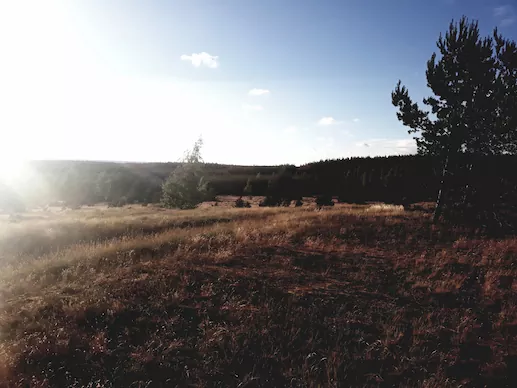"Hagen's" Dune

278

0

0
Hidden in a part of the Curonian Spit, there stands a monument honoring Ludwig Hagen, a significant figure in the history of the Spit's afforestation. His work in the 19th century involved systematically studying and applying vegetation to shape and stabilize the sand dunes. This technique not only protected the incredible sandy beaches from erosion but also transformed the landscape. In 1936, an obelisk was erected on the highest dune, with German words inscribed on one side and Lithuanian on the other, commemorating Hagen's efforts in dune afforestation.
Info
-

Nature
-
Klaipėda
-
Whats new?
Nearby attractions
Nearest museums
Nearest entertainment

 Entertainment
Entertainment
 Food establishments
Food establishments





























 55.682472, 21.121833
55.682472, 21.121833
 Get directions
Get directions








